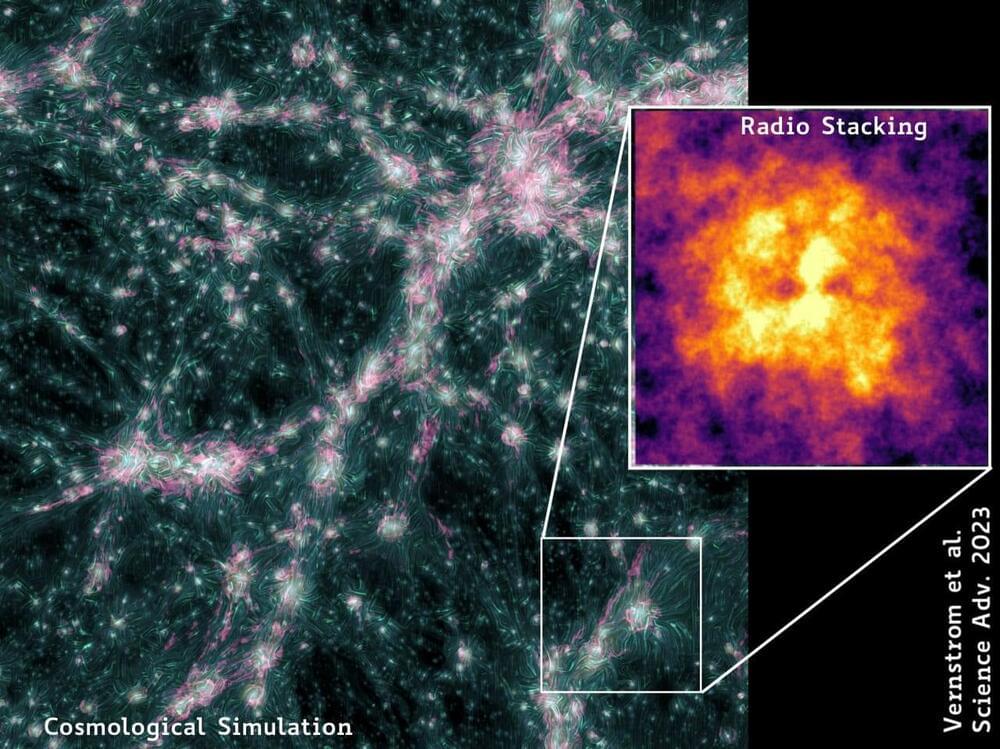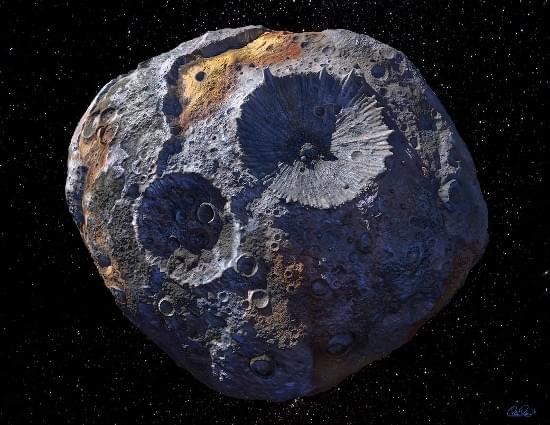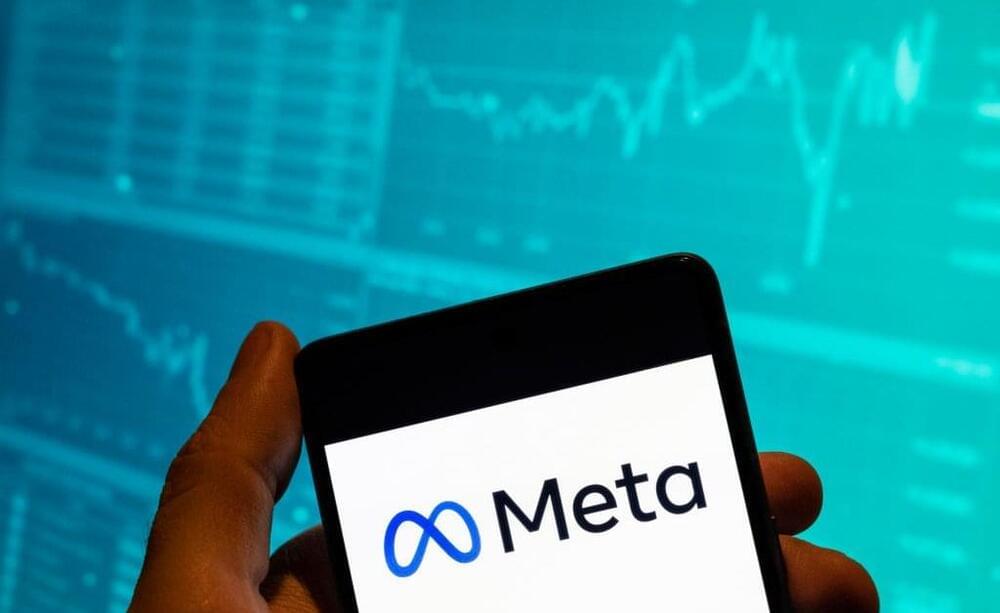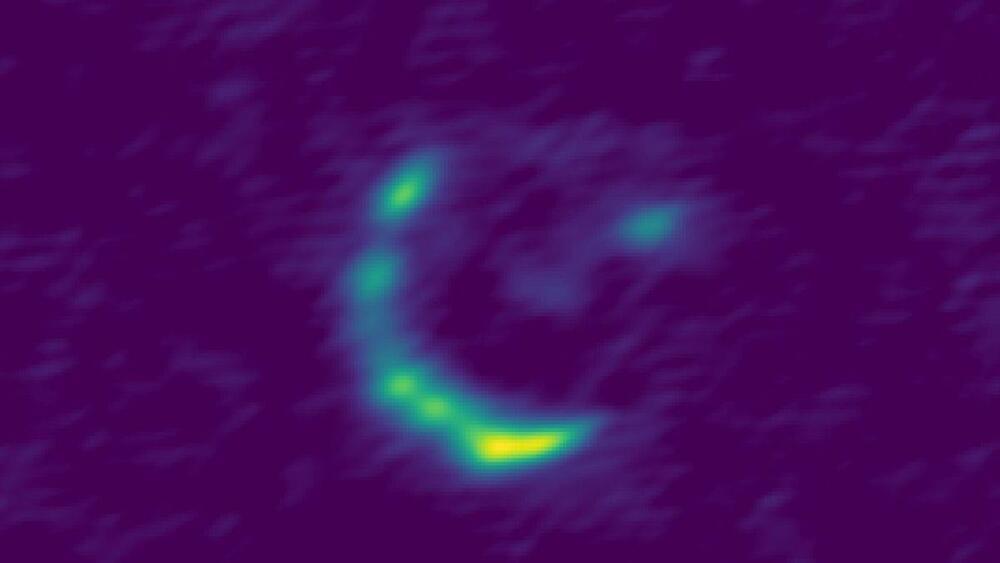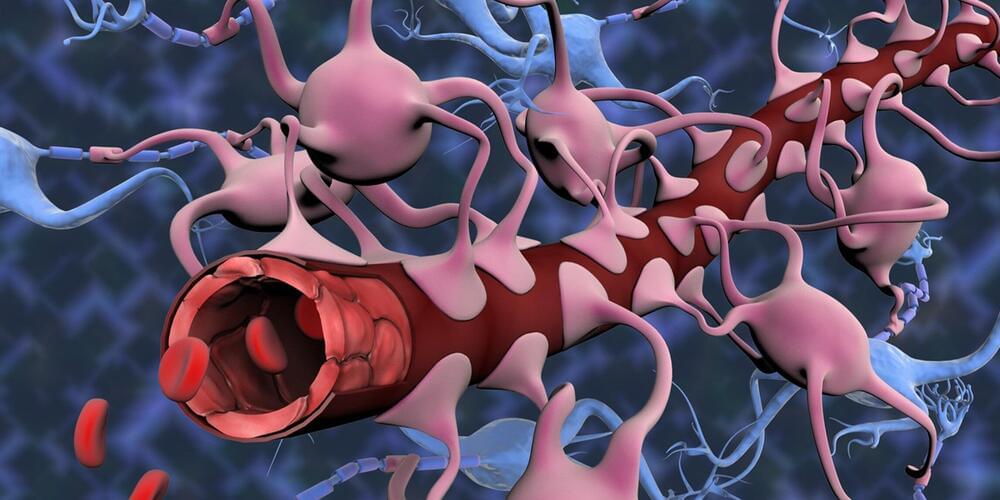Feb 20, 2023
Scientists discovered evidence of magnetic fields in the universe’s cosmic web
Posted by Dan Breeden in category: cosmology
The cosmic web is the term used to refer to the clusters, filaments, and voids that make up the large-scale structure of the Universe. In Λ cold dark matter (ΛCDM) cosmology, this web is formed from the anisotropic gravitational collapse of matter from primordial overdensities.
We’ve been able to map the Cosmic Web through observation over the past few decades, which opens up the possibility of finding answers to some of astronomy’s most pressing issues. An area of particular interest is how magnetic fields behave on a cosmic scale and their role in galactic and cosmic structure formation.
ICRAR scientists discover tantalizing evidence of magnetic fields in the universe’s most significant cosmic structures.
